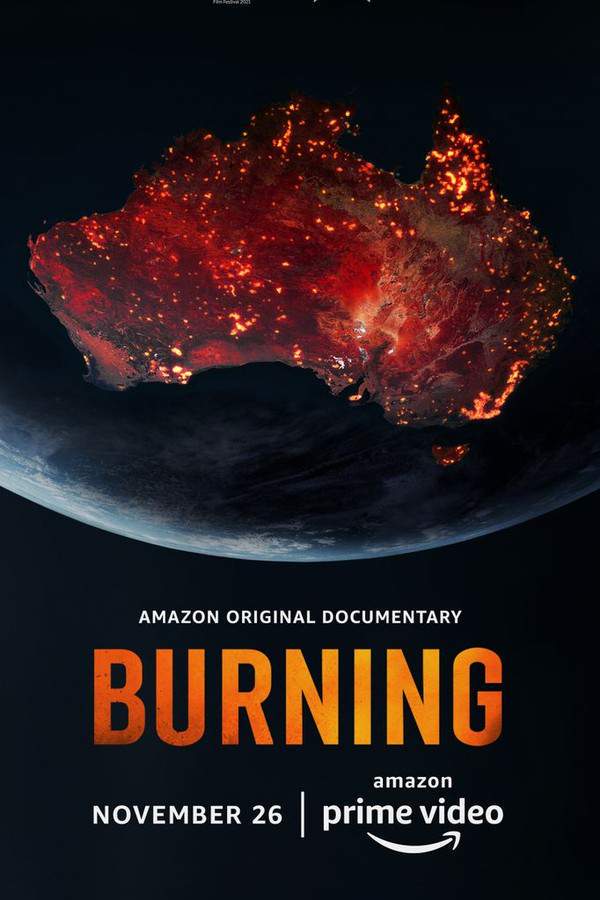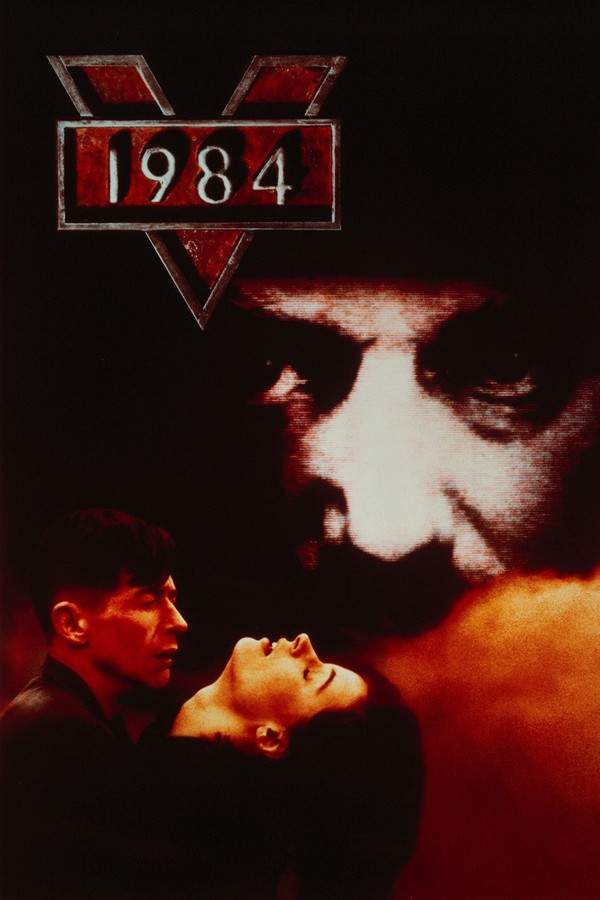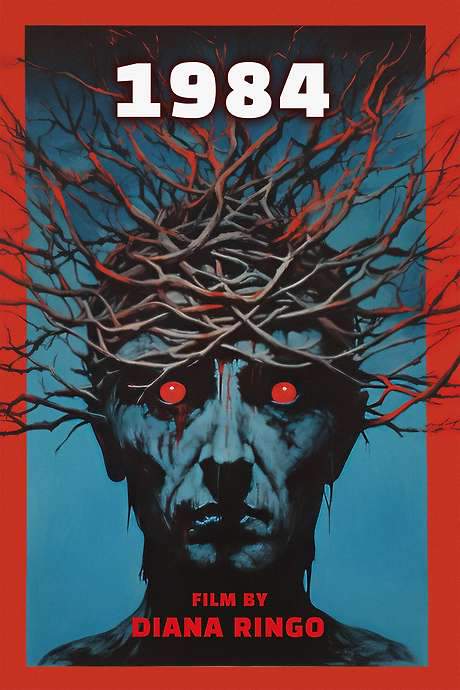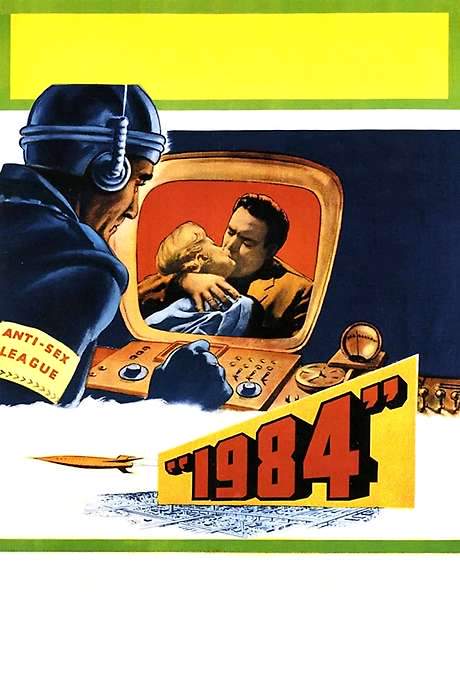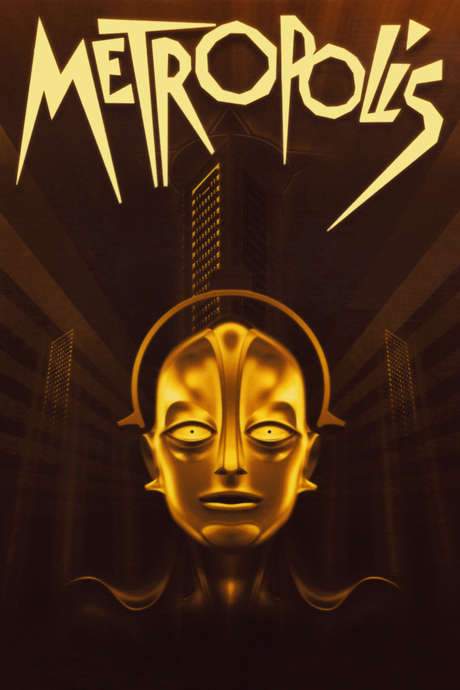
Fahrenheit 451
Year: 1966
Runtime: 113 mins
Language: English
Director: François Truffaut
In a dystopian future the government bans all literature to steer public opinion, employing enforcers called firemen to burn any remaining books. Fireman Montag, who has spent his career carrying out these bans, begins to question the morality of his vocation, confronting the emptiness of a society that forbids reading.
Warning: spoilers below!
Haven’t seen Fahrenheit 451 yet? This summary contains major spoilers. Bookmark the page, watch the movie, and come back for the full breakdown. If you're ready, scroll on and relive the story!
Fahrenheit 451 (1966) – Full Plot Summary & Ending Explained
Read the complete plot breakdown of Fahrenheit 451 (1966), including all key story events, major twists, and the ending explained in detail. Discover what really happened—and what it all means.
Guy Montag Oskar Werner is a Fireman in a near-future society where the state keeps people under control by burning books. The world is ruled by a rigid ideology, surveillance, and a chilling belief that books threaten harmony by stirring unhappy thoughts and competitive pride. His life takes a subtle turn when he befriends his neighbor, Clarisse, Julie Christie, a free-spirited young schoolteacher who questions the regime and challenges the idea that happiness comes from conformity. Clarisse asks a simple, dangerous question: does he ever read the books he helps burn? Her probing curiosity unsettles Montag and pushes him to rethink what his job is really about.
As Montag wrestles with these questions, he begins to hide books in his own house and to read them in secret, starting with Charles Dickens’s David Copperfield. The act of reading quietly intensifies his unease, especially at home with Linda Montag, his wife, who is absorbed by The Family, an all-encompassing interactive television program that treats its viewers as “cousins” and prizes popularity over truth. The contrast between Montag’s growing inner life and Linda’s televised world grows sharper, setting up the central tension of the story.
At the home of an illegal book collector, Captain Beatty [Cyril Cusack] engages Montag in a lengthy, pointed discussion about books. Beatty argues that literature can make people unhappy and lead them to feel superior to others, which in a controlled society is deemed anti-social. The old woman who owns the house—the book collector—refuses to flee when the firemen arrive and chooses to burn with her belongings, dying to preserve the memory of her books. The scene plants a seed of doubt in Montag about the necessity of burning knowledge and the price of obedience.
Back home, Montag confronts Linda and her friends with his newfound obsession. He tries to tell them about the woman’s martyrdom and about what is happening in the world beyond their screens, but they react with disbelief and fear. In a bold, rebellious moment, Montag reads a highly abridged passage from David Copperfield to Linda’s circle. The chosen excerpt, beginning with the line “There can be no disparity in marriage like unsuitability of mind and purpose,” cuts through the room and stirs powerful emotions. > There can be no disparity in marriage like unsuitability of mind and purpose. The reading shocks Linda’s friends, who respond with horror and contempt, underscoring how deeply the state has indoctrinated people to fear independent thought.
That night, Montag dreams of Clarisse as the book collector who killed herself, a vision that blends memory with fear. The dream foreshadows the danger that now follows Montag. Soon after, Clarisse’s house is raided, but she escapes through a trapdoor in the roof with help from her uncle, reinforcing the sense that there are people who resist the regime. Montag, seeking truth, breaks into Beatty’s office in search of information about Clarisse and is caught, though he is not punished—an ominous sign of the limits of state power and of Beatty’s own calculated approach to control.
Montag and Clarisse reunite and work together to undermine the government’s reach. They help her break back into her house to destroy papers that could lead to others like her. Clarisse explains the existence of the “book people,” a hidden network of individuals who memorize a book in order to keep its ideas alive when laws forbid printing. This revelation widens Montag’s world beyond burning and hiding books to a broader resistance against censorship.
Despite his growing conviction, Montag agrees to one more assignment, even after announcing his intention to resign. The call turns out to be a trap—it targets his own home—placing Linda in direct danger of the regime’s wrath. Linda leaves Montag, unable to endure the turmoil his obsession has caused, and Montag retaliates by destroying the bedroom and the pervasive screens that consume the family’s attention before setting the room alight and burning the books themselves. Beatty confronts him one last time, and, in a clash that tests every belief Montag holds, Beatty pulls a final book from Montag’s coat. In a desperate moment, Montag kills Beatty with the flamethrower, a turning point that forces him to flee.
Escaping through a night of fear and resolve, Montag finds the “book people,” including Clarisse, and discovers that his supposed capture on television was a staged event meant to entertain the masses and to demonstrate the power of the regime. He witnesses the city’s spectacle as a reminder that conformity reigns over truth. Yet Montag chooses to preserve a piece of humanity by memorizing a book—Tales of Mystery and Imagination by Edgar Allan Poe—and swears to carry its essence within himself, becoming one of the book people who keep literature alive through memory.
In the end, the story traces Montag’s transformation from a loyal servant of a repressive system into a custodian of literature, seeking to pass on the memory of books to a world that has forgotten how to read with its heart full. The journey is driven by moments of quiet rebellion, intimate conversations, and the stubborn belief that stories—kept alive in the minds of readers—can outlast fire and fear.
Last Updated: October 09, 2025 at 10:52
Unlock the Full Story of Fahrenheit 451
Don't stop at just watching — explore Fahrenheit 451 in full detail. From the complete plot summary and scene-by-scene timeline to character breakdowns, thematic analysis, and a deep dive into the ending — every page helps you truly understand what Fahrenheit 451 is all about. Plus, discover what's next after the movie.
Fahrenheit 451 Timeline
Track the full timeline of Fahrenheit 451 with every major event arranged chronologically. Perfect for decoding non-linear storytelling, flashbacks, or parallel narratives with a clear scene-by-scene breakdown.

Similar Movies to Fahrenheit 451
Discover movies like Fahrenheit 451 that share similar genres, themes, and storytelling elements. Whether you’re drawn to the atmosphere, character arcs, or plot structure, these curated recommendations will help you explore more films you’ll love.
Explore More About Movie Fahrenheit 451
Fahrenheit 451 (1966) Scene-by-Scene Movie Timeline
Fahrenheit 451 (1966) Movie Characters, Themes & Settings
Fahrenheit 451 (1966) Spoiler-Free Summary & Key Flow
Movies Like Fahrenheit 451 – Similar Titles You’ll Enjoy
The Giver (2014) Film Overview & Timeline
Burning (2018) Spoiler-Packed Plot Recap
1984 (1985) Story Summary & Characters
Firestarter (1984) Ending Explained & Film Insights
Nineteen Eighty-Four (1984) Full Movie Breakdown
Born in Flames (1983) Full Movie Breakdown
1984 (2023) Full Movie Breakdown
2081 (2009) Complete Plot Breakdown
The Fire That Burns (1997) Full Summary & Key Details
Fire from Below (2009) Spoiler-Packed Plot Recap
The Day the Earth Caught Fire (1961) Full Movie Breakdown
The Cremators (1972) Plot Summary & Ending Explained
1984 (1956) Complete Plot Breakdown
Metropolis (1927) Movie Recap & Themes
City on Fire (1979) Film Overview & Timeline




